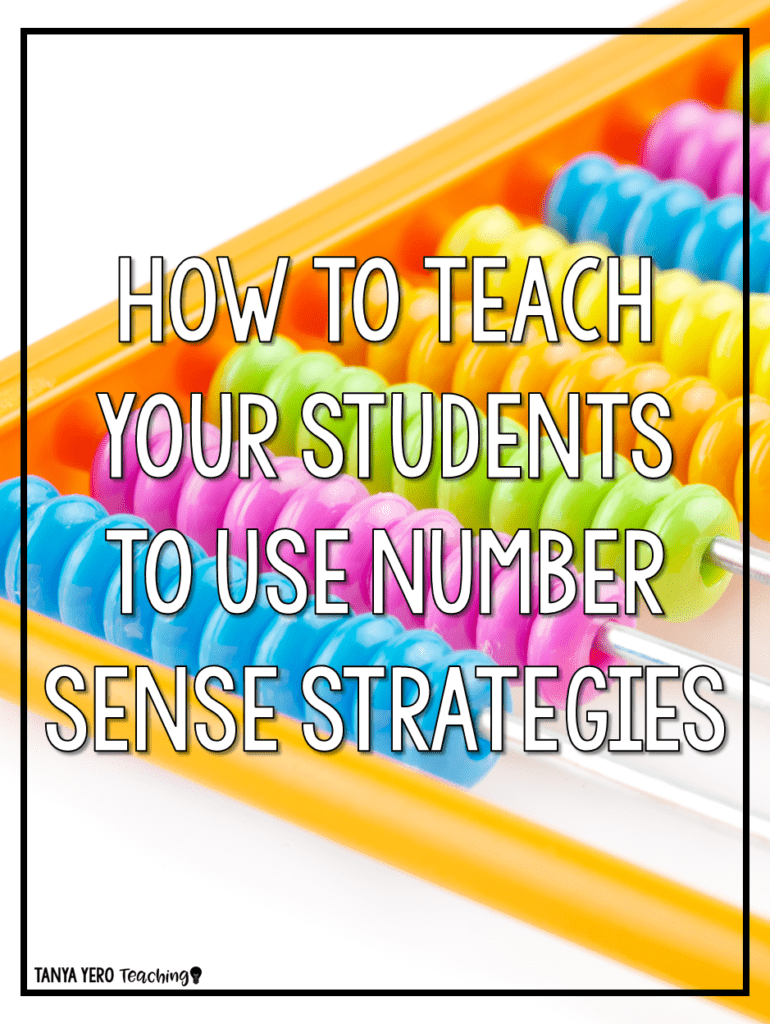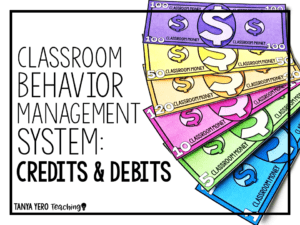
I have written several blog posts on number talks (CLICK HERE and HERE to read more) and how to implement this practice in the classroom. This has sparked conversation amongst teachers and myself. Teachers are excited to start building a number sense program in their classroom, but one question keeps making its way back to me…. “BUT HOW DO I TEACH MY STUDENTS TO MENTALLY MANIPULATIVE NUMBERS?!?!?”
Number sense and the confidence to mentally solve equations doesn’t come overnight for students. It takes time, repetition, and lots of exposure. For students that lack math confidence, it’s going to be even harder. More often than not students with strong number sense feel good about math and their skills. They are the sit in the front with their hands raised for every question kind of students, but no one is born with number sense. It is something that is gained – a notion that was supported early on by teachers and/or parents and picked up by the child. But every student is capable of learning number sense and no matter what grade you teach you can implement purposeful practices to build number sense within your students.
At the start of every school year, I implement my game plan for daily number sense practice. I start with teaching my students the number sense strategies.
Here is a list of strategies I teach my students each year. Grab this FREE list below!
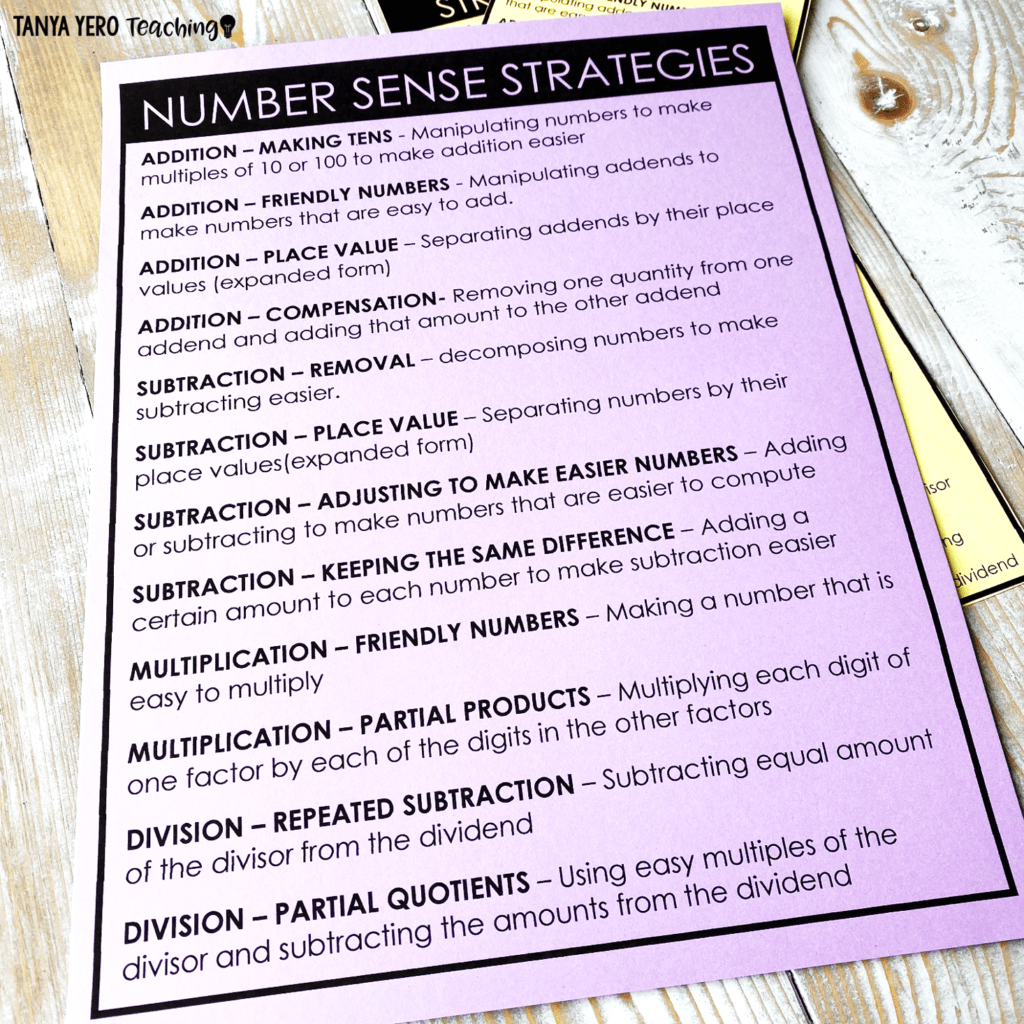
Consider the following tips when introducing number sense strategies to your students.
Assume Your Students Lack Exposure
I used to administer timed fluency assessments in my classroom. When my students were done we would collectively grade their tests so they could graph their growth in their math notebook. It would baffle me how many students had to tangibly write out 100 subtracted by however many questions they missed to calculate their scores. They were 4th graders! How could they not mentally calculate an addition/subtraction question within 100?! For some I knew that their comfort level would always lie in writing out the standard algorithm and solving it. But I knew others were fully capable of using mental math. I wasn’t doing my part as their math teacher. My students deserved the opportunity to be taught how to mentally manipulate numbers.
Before I implement number talks in my classroom we spend time looking at each number sense strategy and what it looks like in specific scenarios. They need this exposure to apply this knowledge on their own later on.
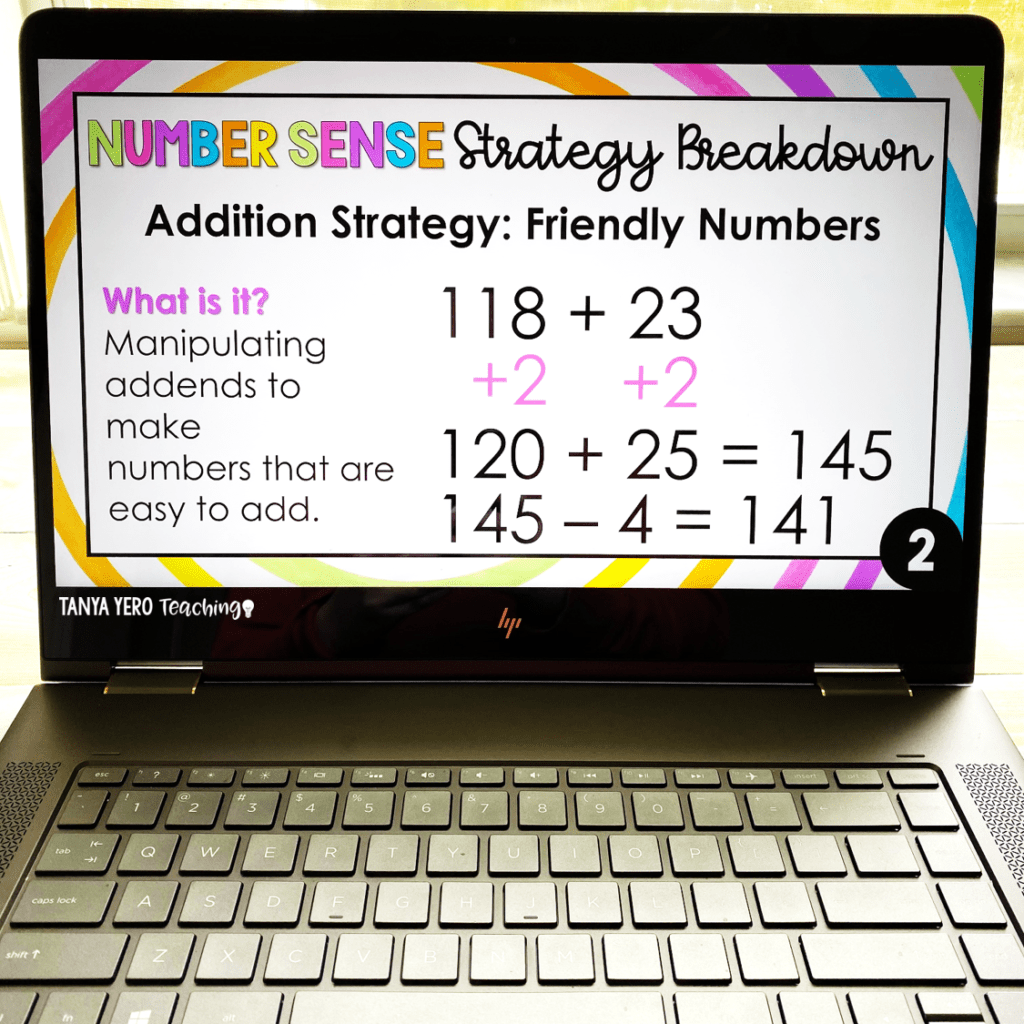
I spend a month introducing and reviewing various strategies for addition, subtraction multiplication, and division. Number sense strategies also lend themselves beautifully to place value. In time you’ll start to see your students apply the strategies on their own during your number sense routine and during the introduction of new math skills.
Take a look at the samples below from two students when asked to solve 24 x 9 using an alternative method to the standard algorithm.


Teach Your Students That Number Sense Is Fluid
Mental math is based on a few simple principles: 1.) how the child perceives mental math 2.) their comfort within specific strategies and the actual numbers within the question. It’s subjective. How I see an equation and my preference to manipulate the numbers for easy computation will differ from the next person. Inform your students of this. Number sense strategies can be intertwined together or used individually. There is no WRONG way to mentally manipulate numbers.
PRACTICE, PRACTICE, and PRACTICE
Number sense doesn’t develop overnight. Learning how to mentally compute numbers and how to apply this way of thinking to various math questions is challenging. Combat this difficulty with a set routine of daily practice. I start my math block with number sense practice and after about a month we graduate to number talks. My students expect and enjoy this 5-10 minute conversation that benefits all.
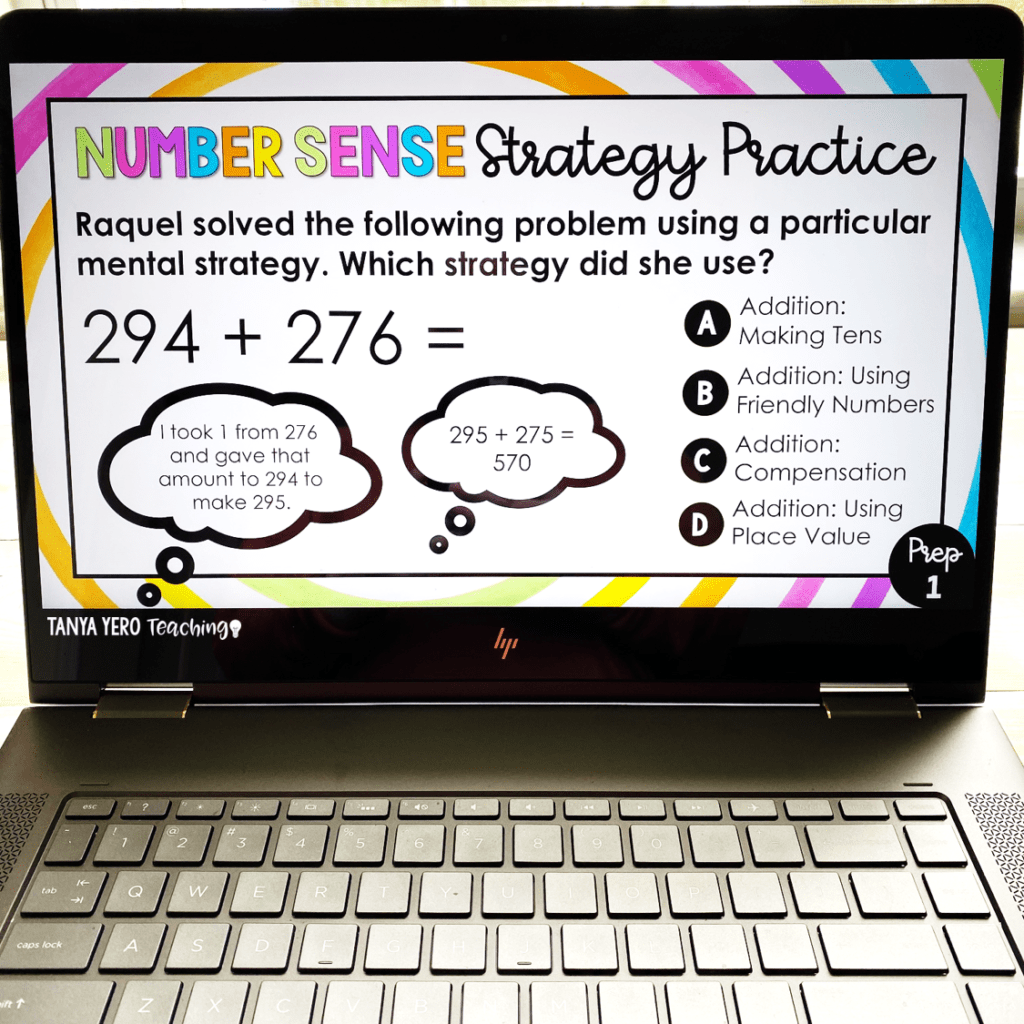
Model Your Thinking And Work
Remember that story about my students calculating their timed test scores by writing the equation out? Every week when we finish grading our tests, I model a strategy for my students.
“If I got 19 questions wrong, that’s only 1 away from 20 so I immediately know I got an 81.”
“I missed 27 questions. 80+20 equals 100 and 80-7 equals 73. I got a 73 on my test.”
I want them to consider using friendly numbers as benchmarks for mental calculations and understand that addition and subtraction are interchangeable. Eventually my students catch on to mentally calculating their scores from my modeling and start doing the same.
Create A Daily Routine
After you have properly introduced mental math to your students, how will you keep up with number sense in your classroom? I use the Number Talks resources I created to launch my math block every day. My students know to expect this routine and it’s something they enjoy doing. There is a set available for grades K-6 and include 250 ready to go prompts for you both in print and digital form.
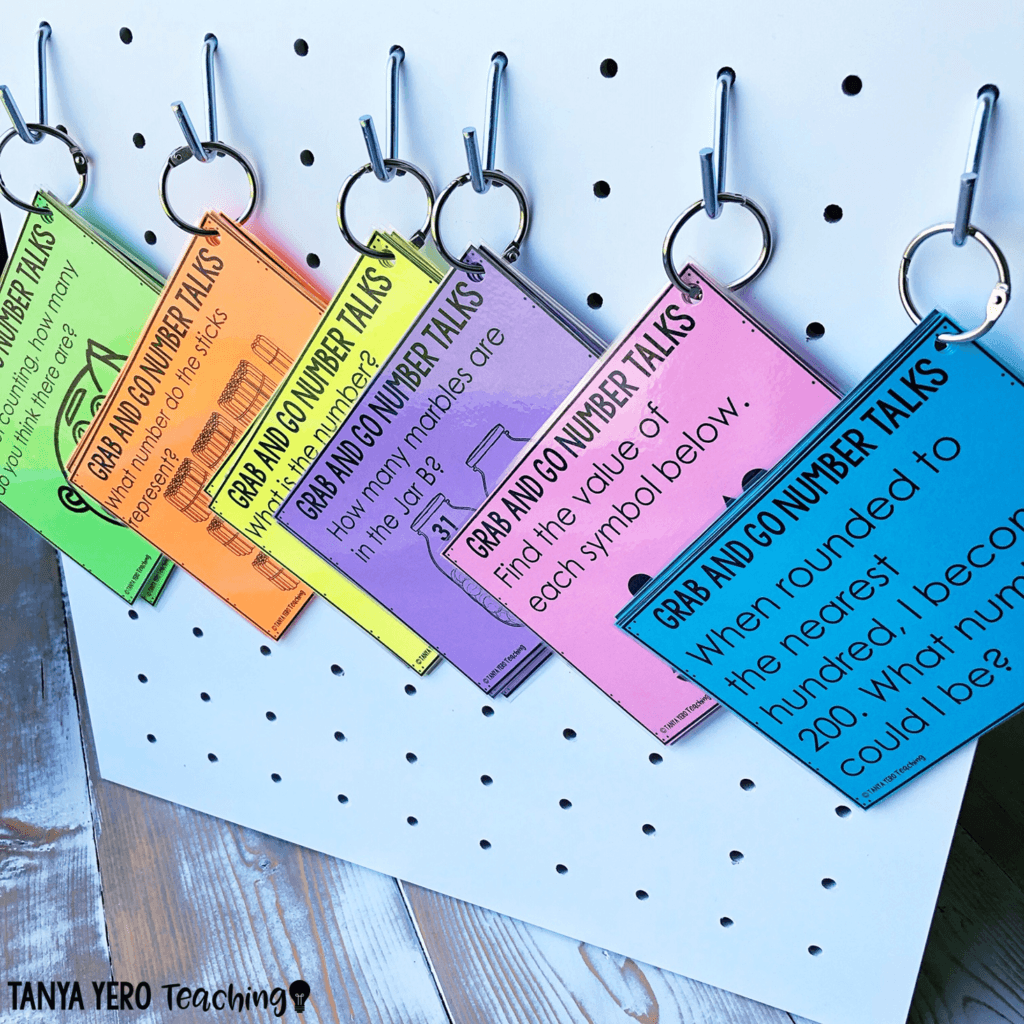

READY TO GET STARTED???
Sign up below to receive your FREE number sense building activities. Everything you need to get started in your classroom is included.
Success! Now check your email to confirm your subscription. YOU'RE SO CLOSE TO YOUR FREE NUMBER SENSE RESOURCES!
GRAB YOUR FREE NUMBER SENSE RESOURCES HERE!
